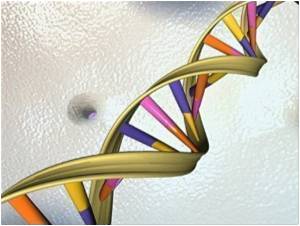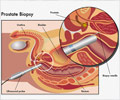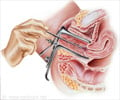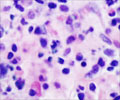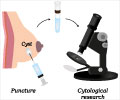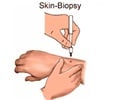Researchers found that the combination of computed tomography (CT), postmortem CT angiography (CTA) and biopsy can serve as a minimally invasive option for determining natural causes
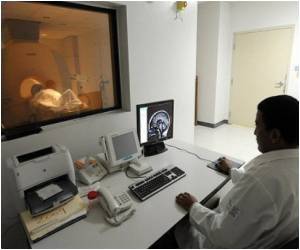
"Vascular and organ pathologic abnormalities, for example, generally cannot be visualized accurately using native CT scans. To address the problem of these abnormalities, postmortem angiography has been implemented with great success," said Stephan A. Bolliger, MD, lead author of the study.
Researchers from the Institute of Forensic Medicine, Centre for Forensic Imaging and Virtopsy, at the University of Bern in Bern, Switzerland, examined 20 bodies in a minimally invasive fashion using CT, CTA and biopsy and compared the results to those obtained at subsequent autopsy. Results showed that the minimally invasive examination showed almost identical results in 18 of 20 cases.
"The combination of CT, postmortem CTA and biopsy is a valid tool to examine bodies in a minimally invasive fashion. However, a close collaboration between pathologists and radiologists is imperative for the correct sampling and diagnostic assessment and, therefore, for the success of such an undertaking," said Bolliger.
Source-Eurekalert




